Think you know, broadly speaking, what’s involved in running a Ferrari restoration business? Huge skill is the prime commodity, no doubt, but surely it’s simple enough after that: you take worn and rusty old cars that might well have been standing unloved in a barn for decades, spend months lovingly renewing and repainting them and then charge high prices for your concours-level work. Not such a difficult concept, is it?
If this is your opinion (and it was mine until a few weeks ago), I advise an urgent trip to GTO Engineering in Berkshire, where the art of Ferrari rebuilding and restoration sets some of the highest standards in the world. It’s a 25-year-old business founded by Ferrari enthusiast Mark Lyon, currently based in a building that looks more like a stately home than any automotive headquarters I’ve ever seen, just outside Twyford on the London side of Reading. When Lyon starts explaining what the business is really like, the extent of your ignorance will be revealed.
First, there are very few old Ferraris left in barns, waiting to be restored. And that goes double for the Colombo-engined V12 models that are Lyon’s specialities. Second, people who own such cars are reluctant to use them very much, so high is their value and so pressing is the need to keep their mileage down. Third, if you do happen to turn up a dream barn find (you almost certainly won’t), your rebuilder probably won’t be able to source the engine, gearbox, body or suspension parts you need, or even find the right oil tank or radiator. It’s probable they won’t have the required old-Ferrari expertise (it takes six or eight years to give a tradesperson the confidence and knowledge to tackle an old Ferrari). In short, the old business has turned on its head.
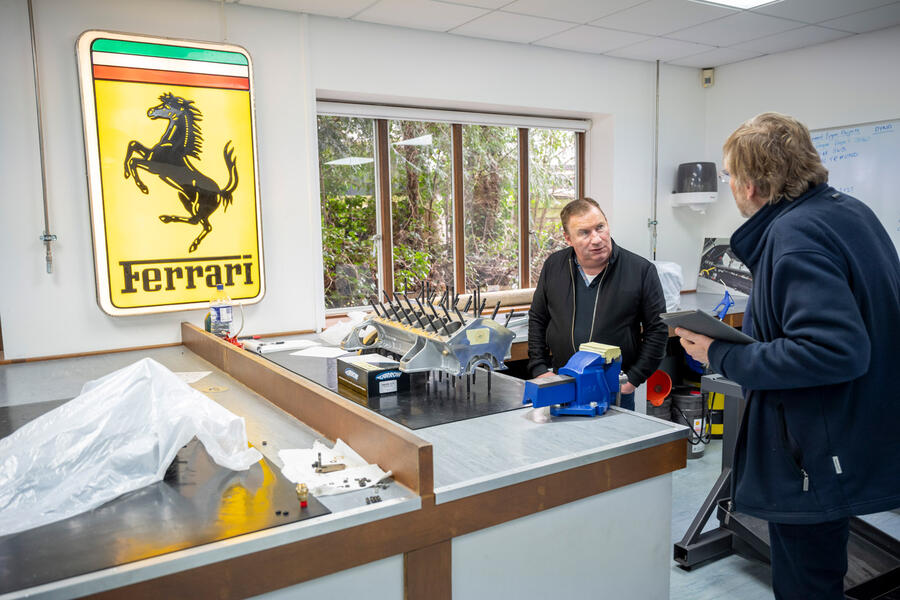
All of these are things that Lyon has learned since he left technical college 40 years ago and began work as a car technician. He started out in the workshop of a prestige dealer in London and soon ended up running the place. Then he joined a Ferrari dealership and was soon the workshop foreman. That was where he witnessed the gradual end of the Ferraris-in-barns era. “I saw my first £100,000 Ferrari restoration job,” he says. “Back then, people were still using their cars…”

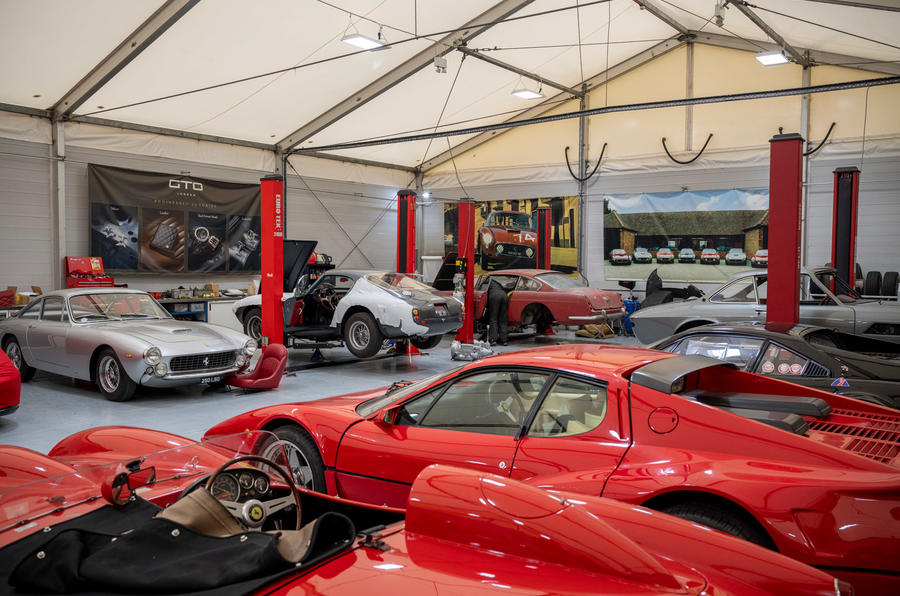



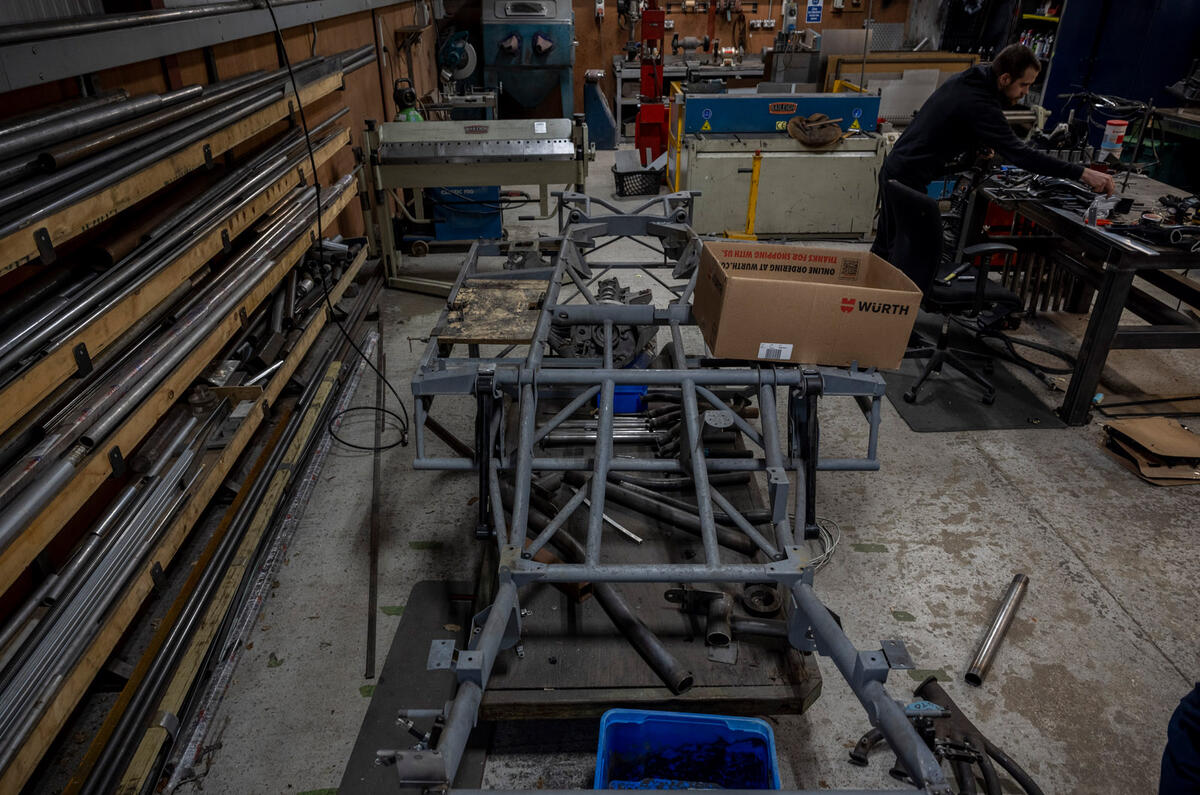
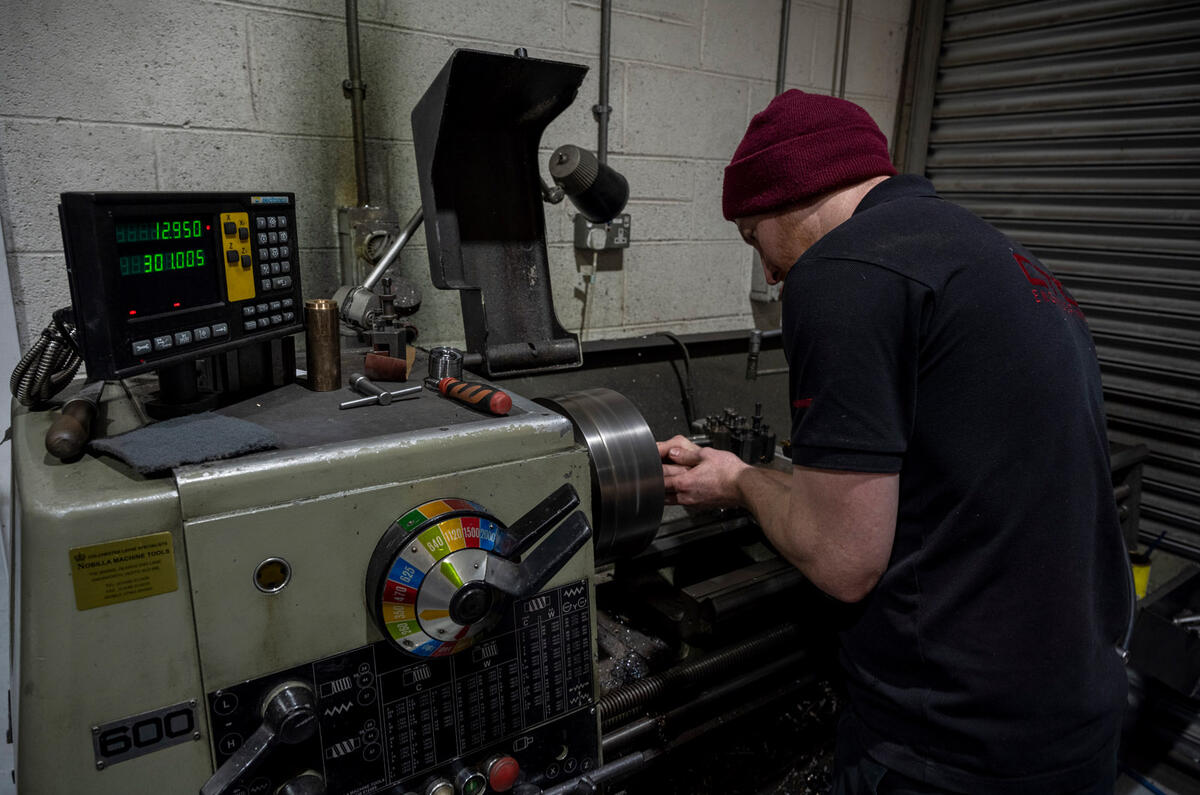
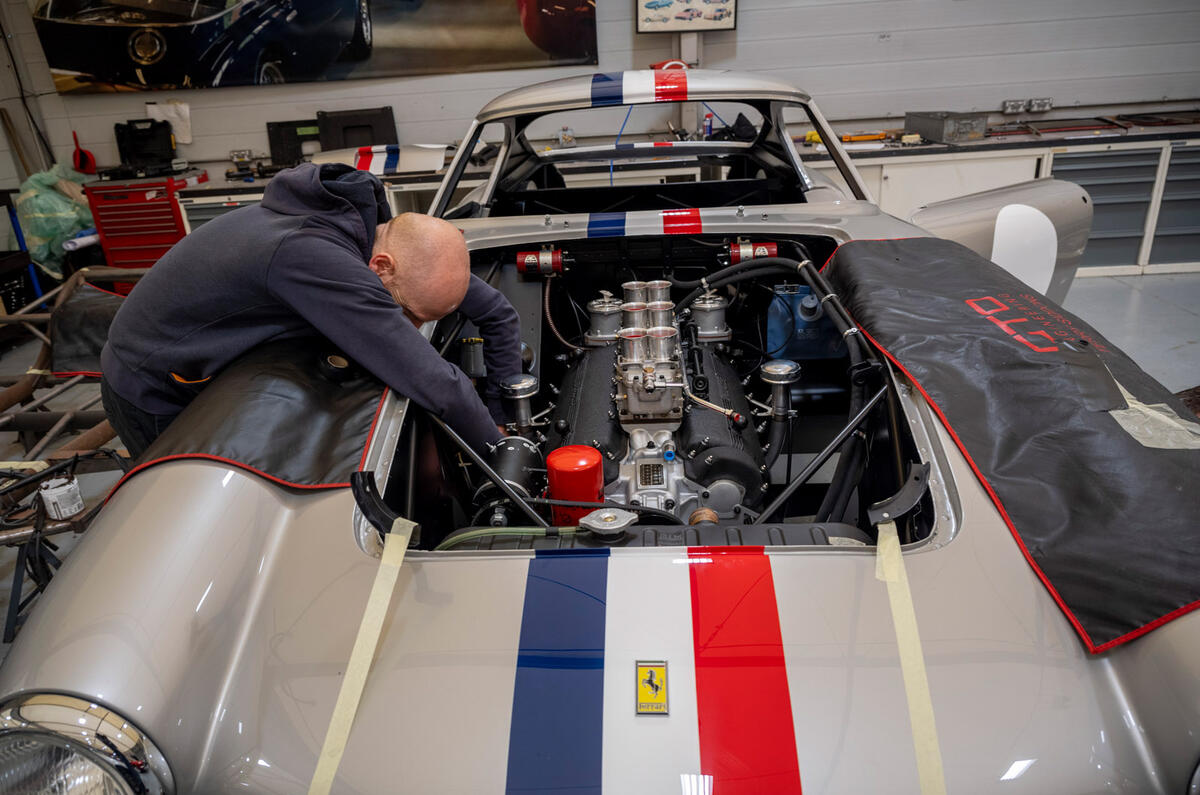
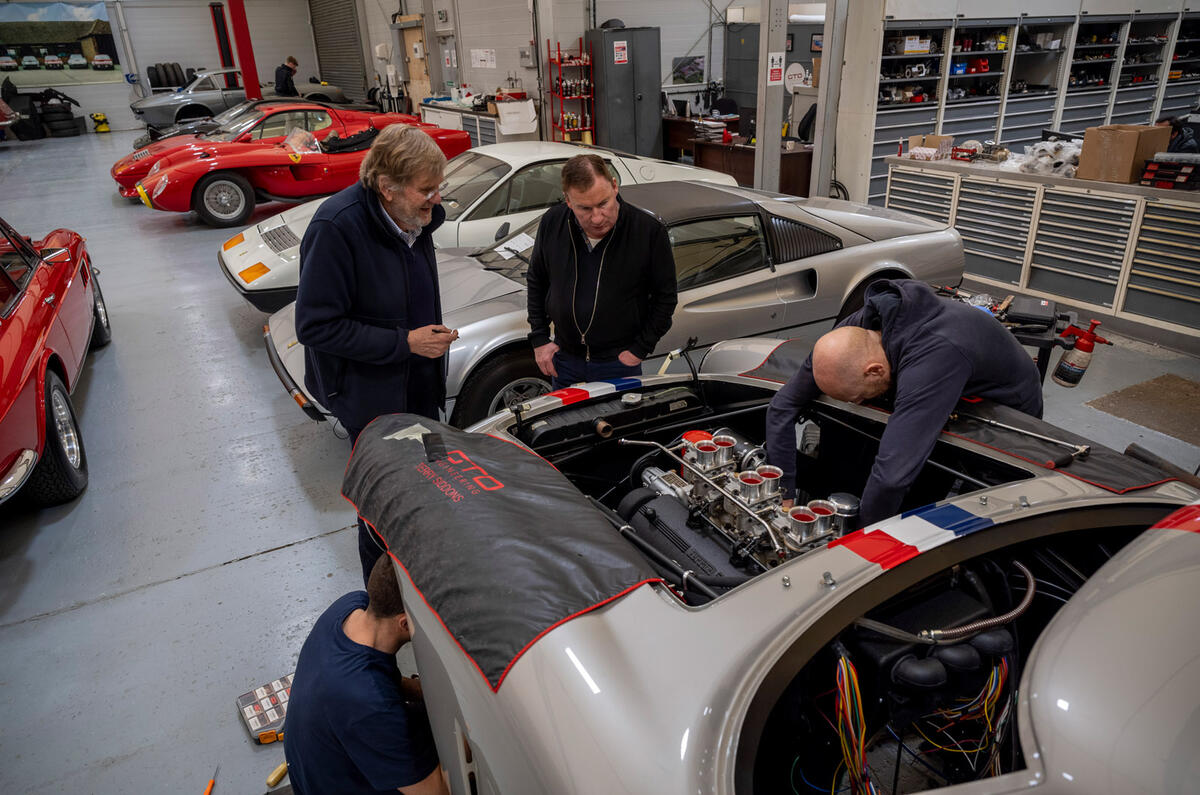


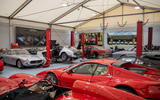










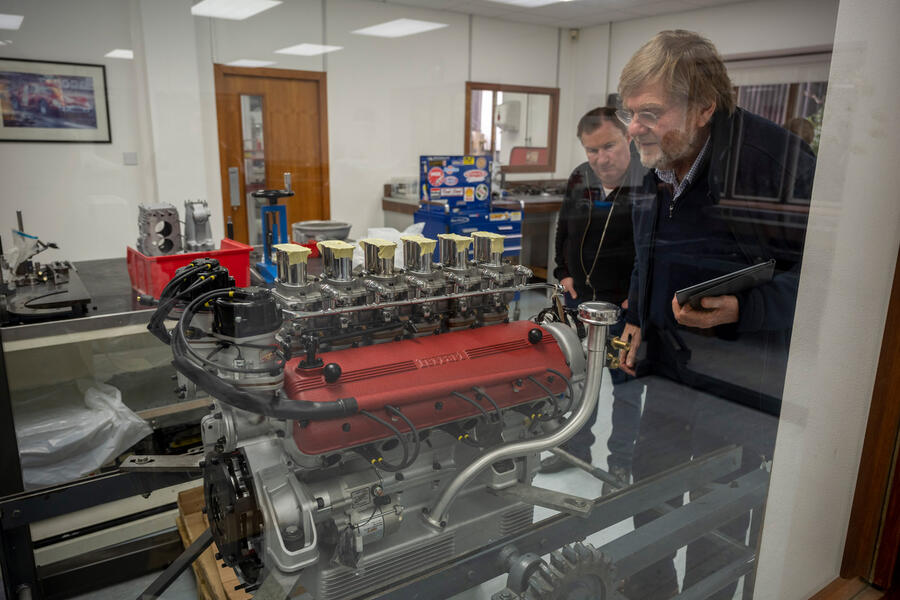
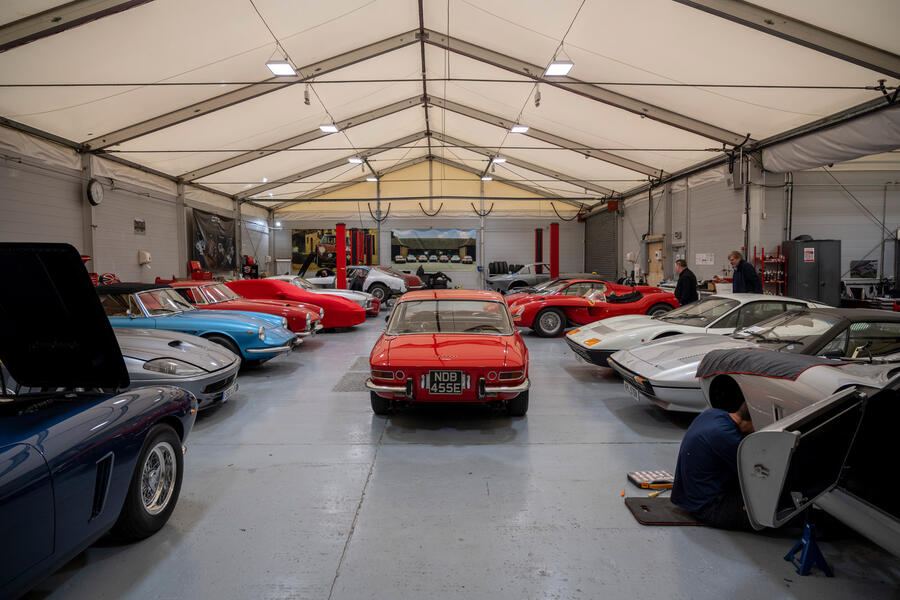






Join the debate
Add your comment
"Huge skill" is the quintessential antithesis of a commodity.
Yes, this was a fine article, it showed how one man built a multi million pound business, and, to open an old wound, how, who were involved in Britain's car industry demise?, because, if one guy can do this, why, why aren't there more today?
Nice article - and well done to Mark Lyon for building the business.